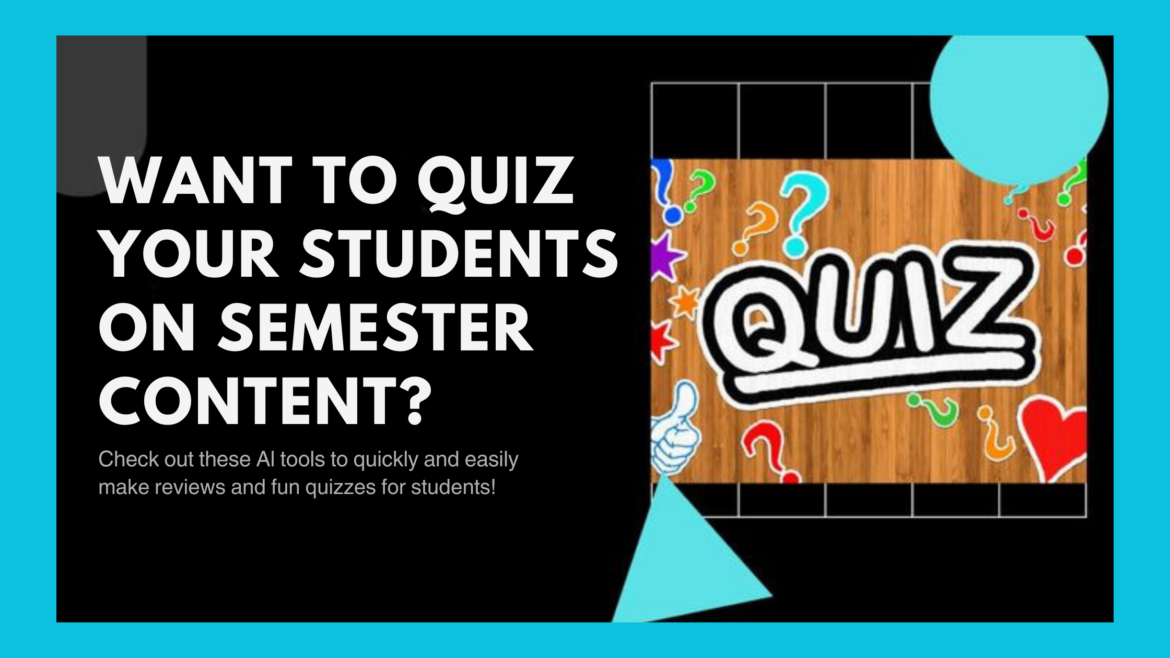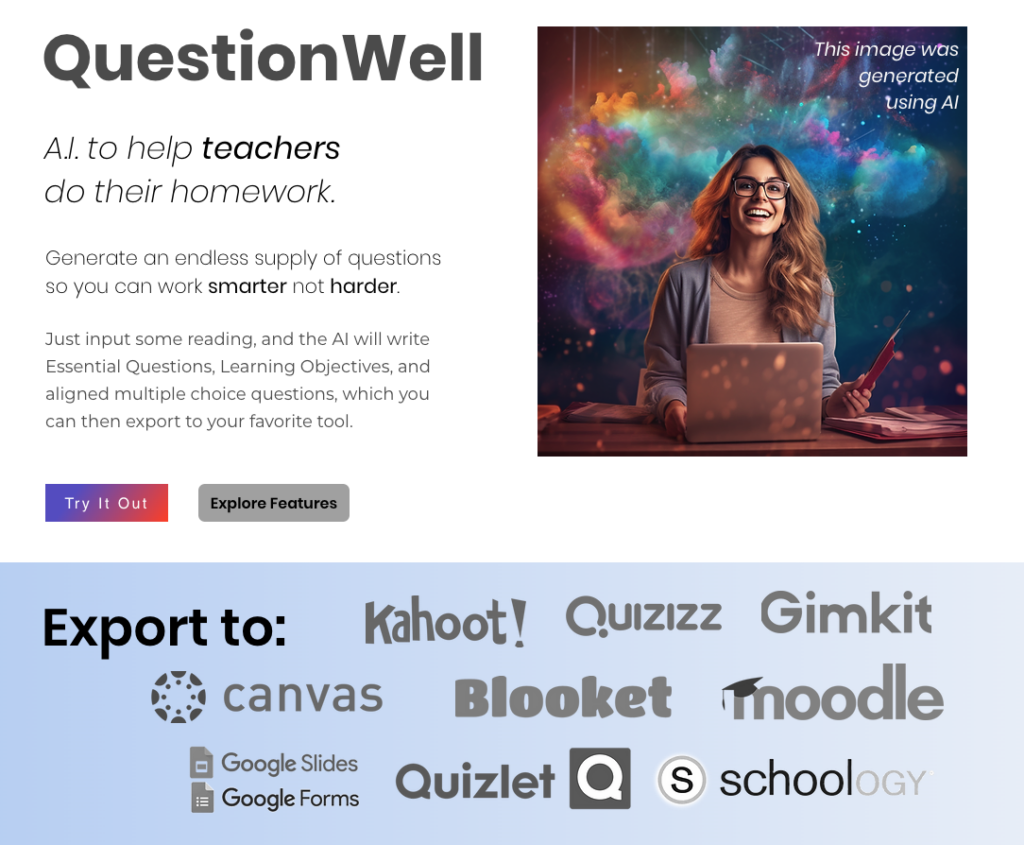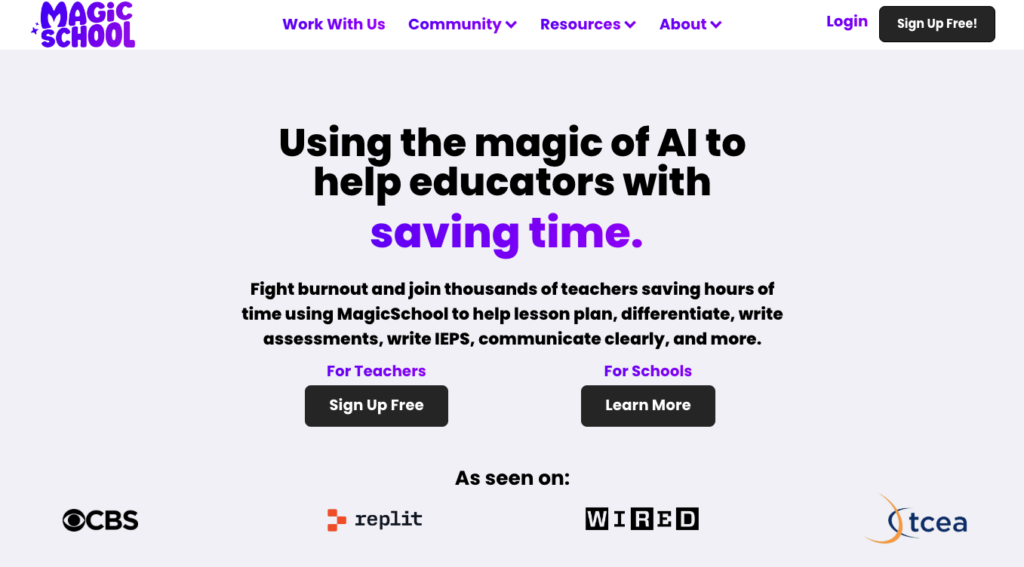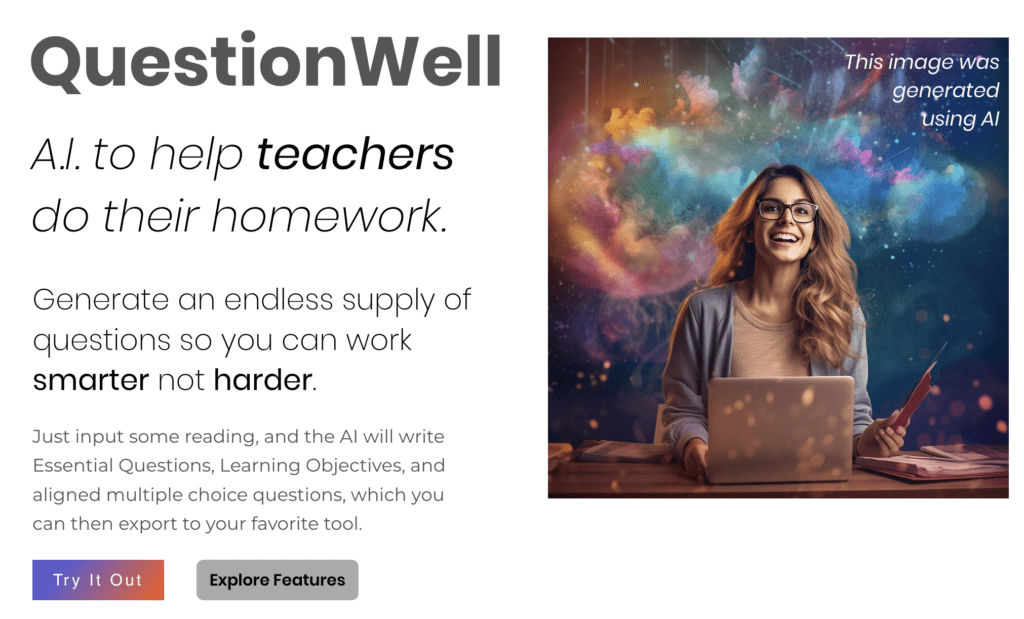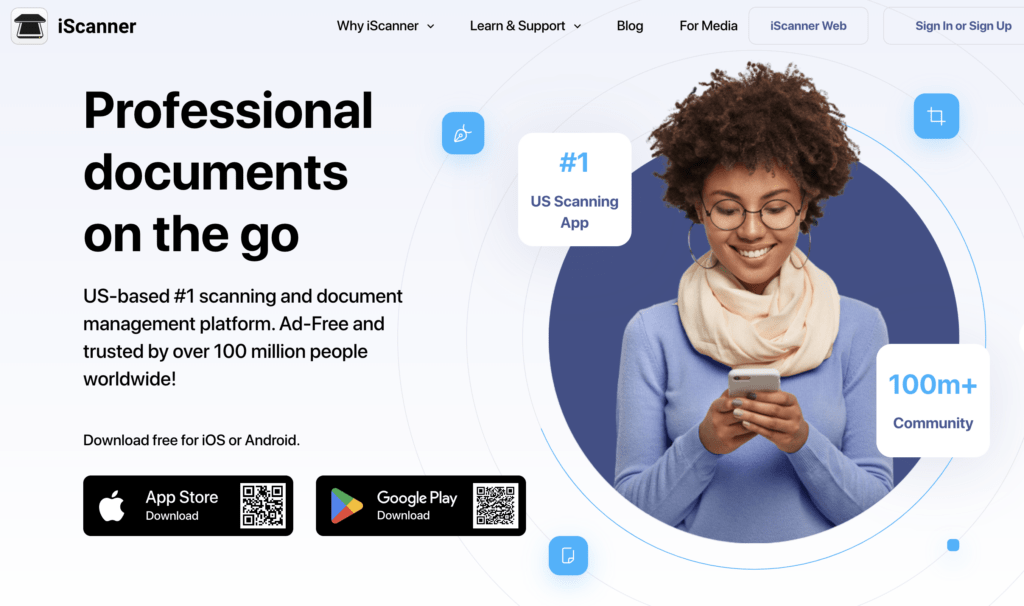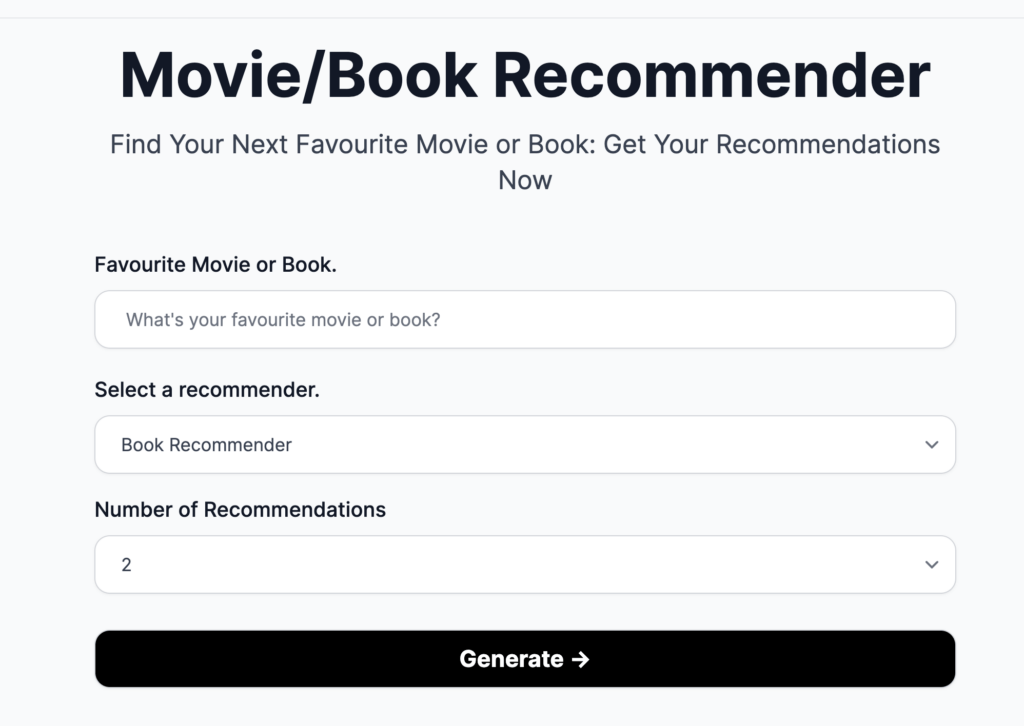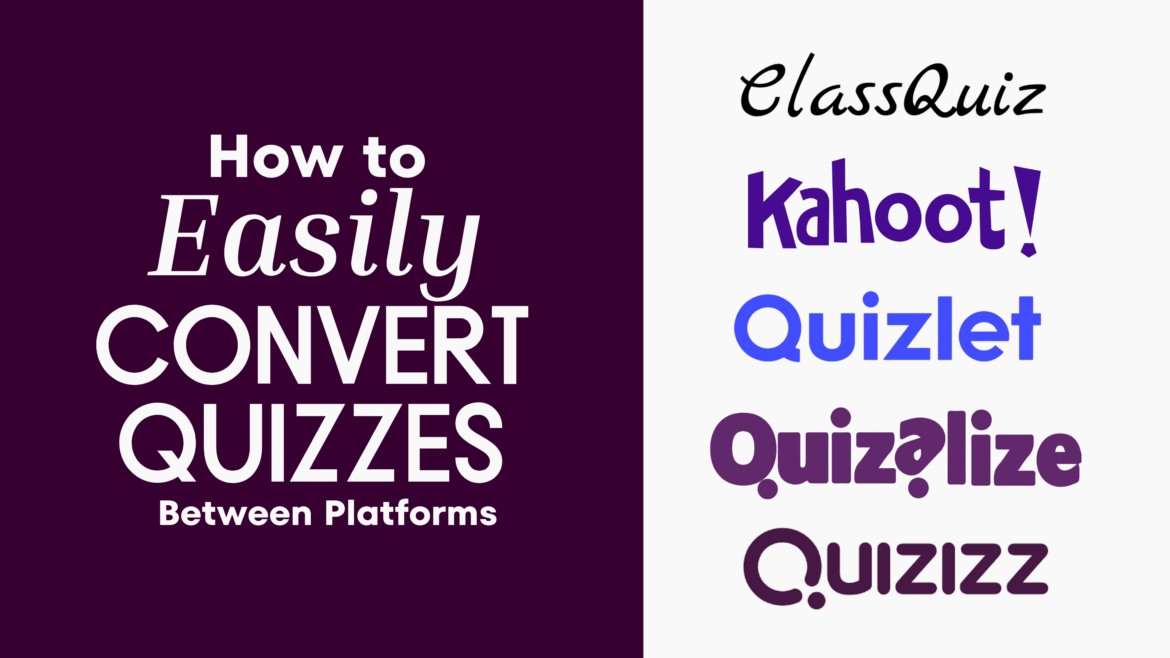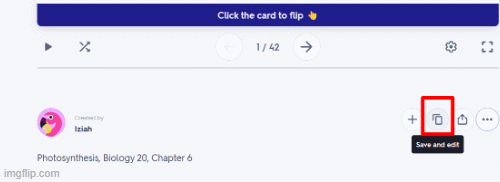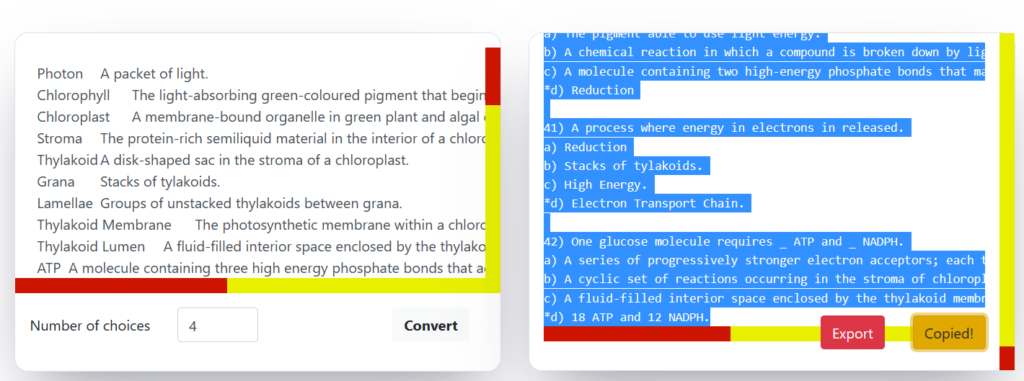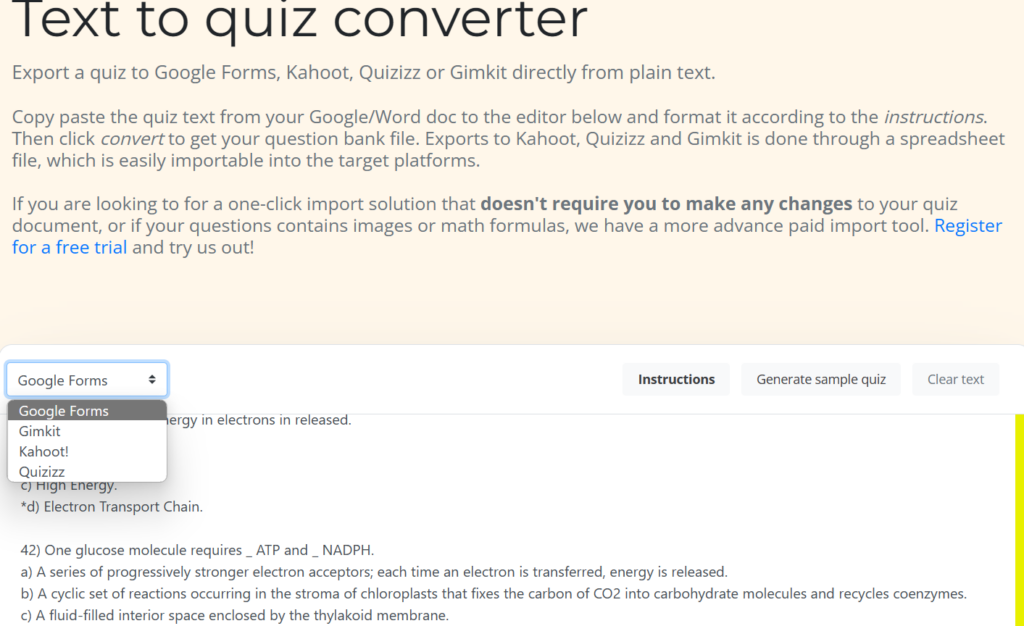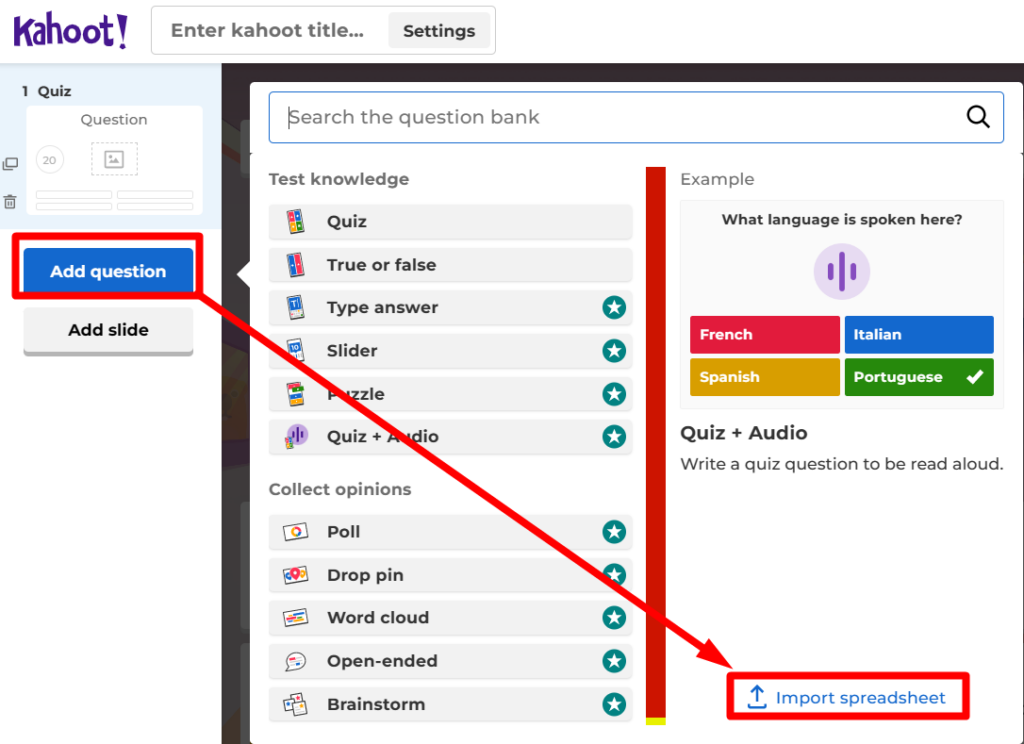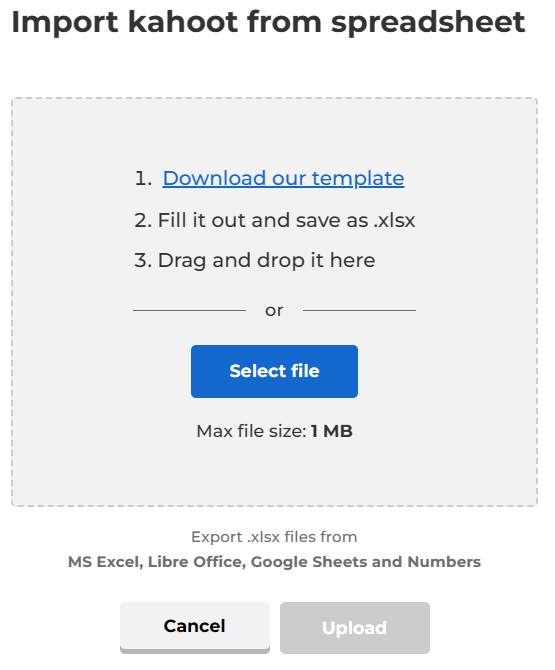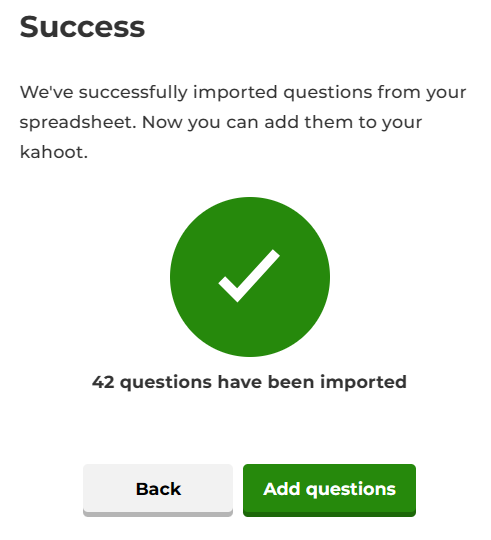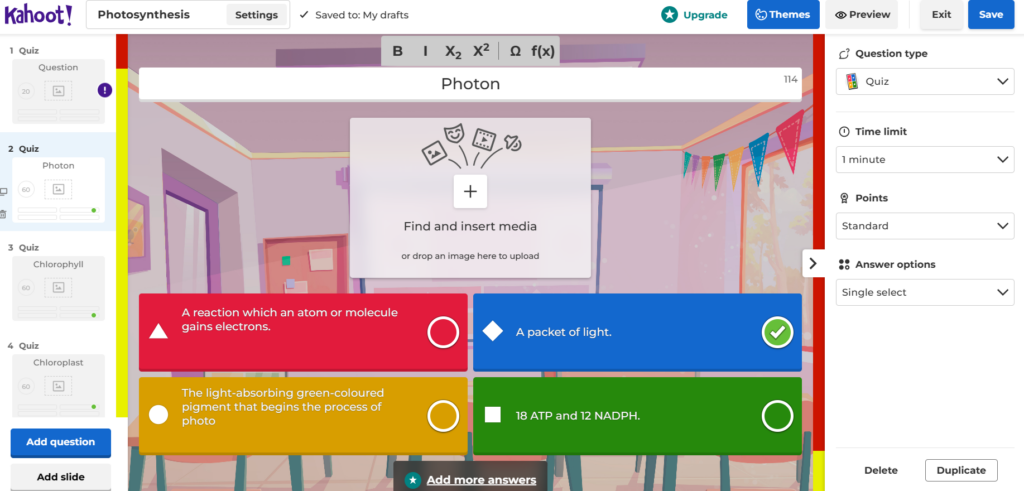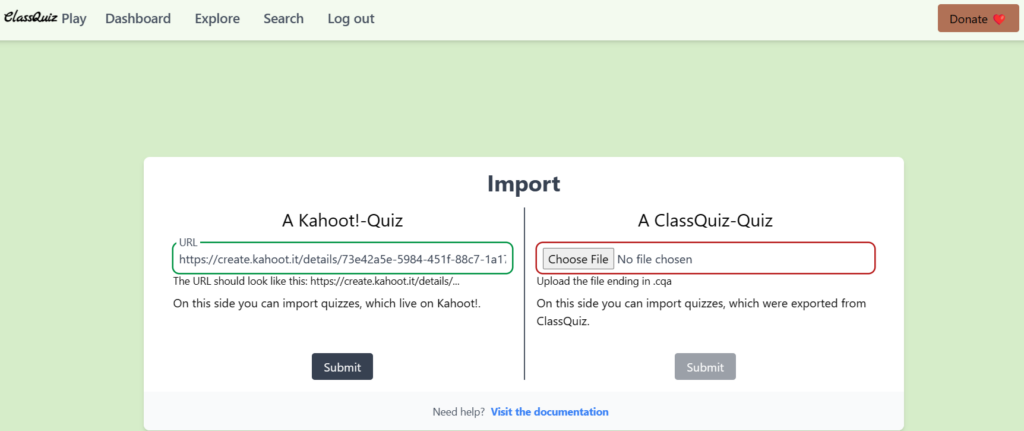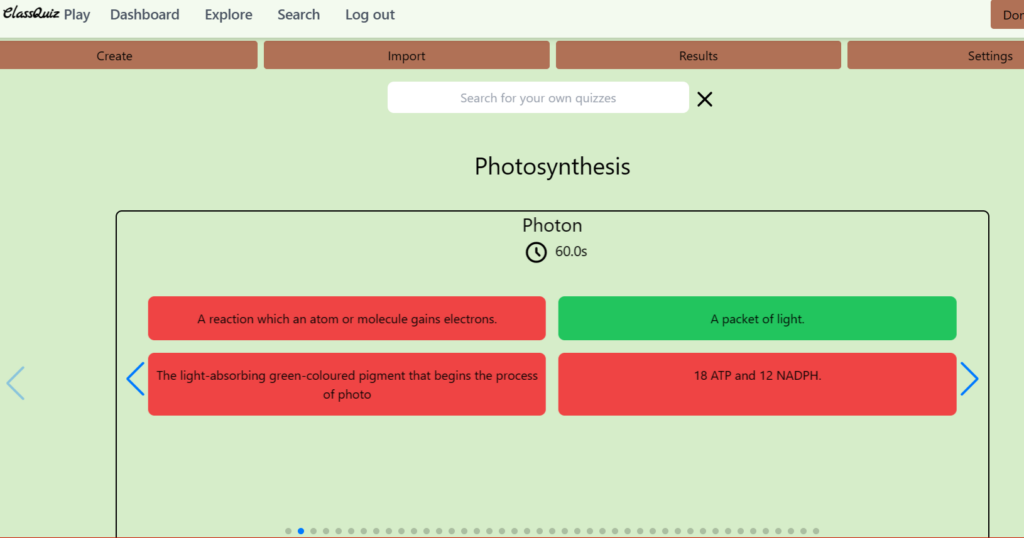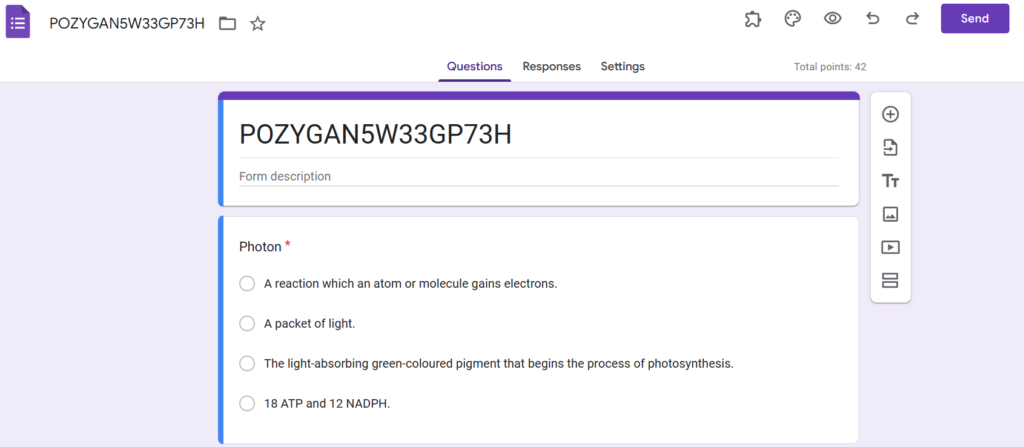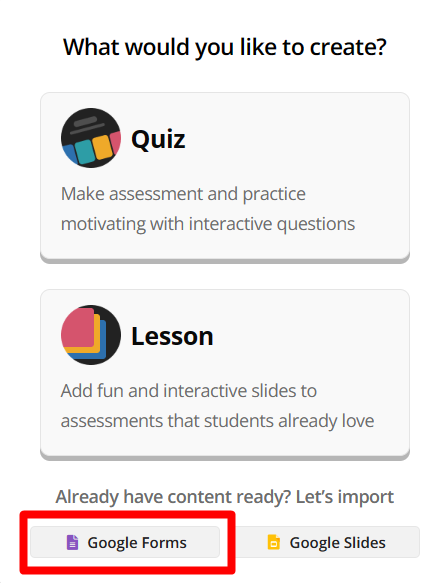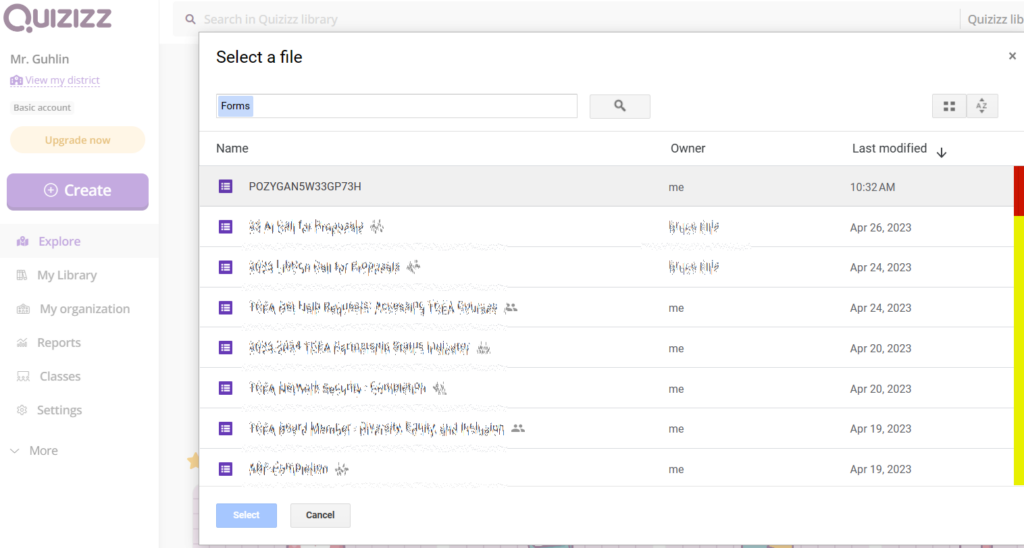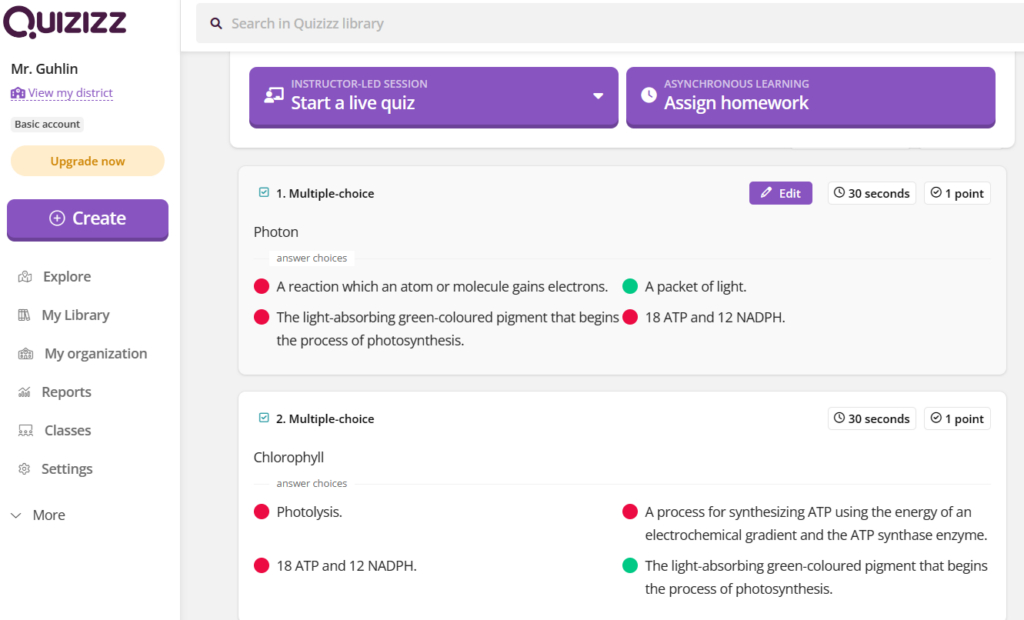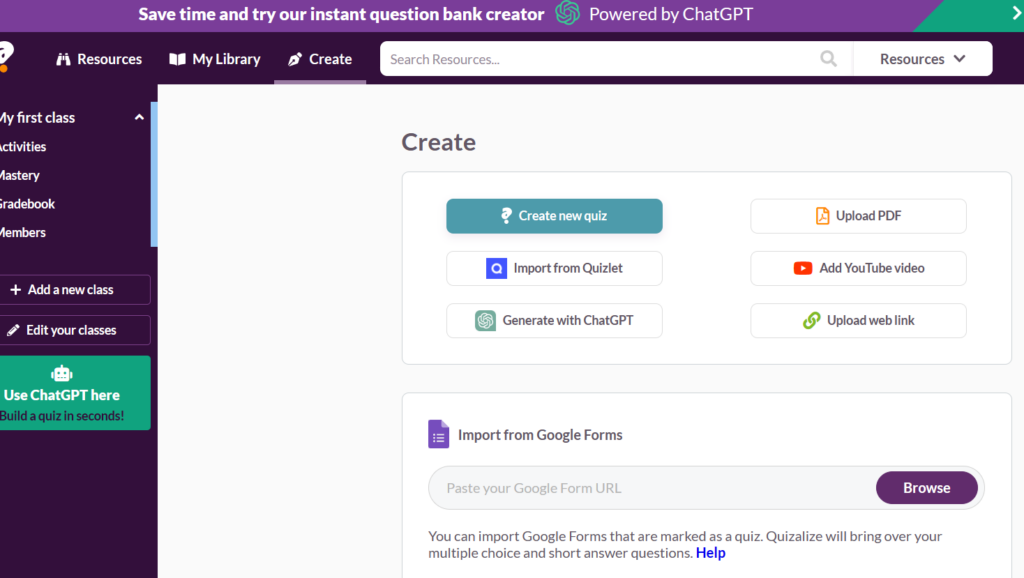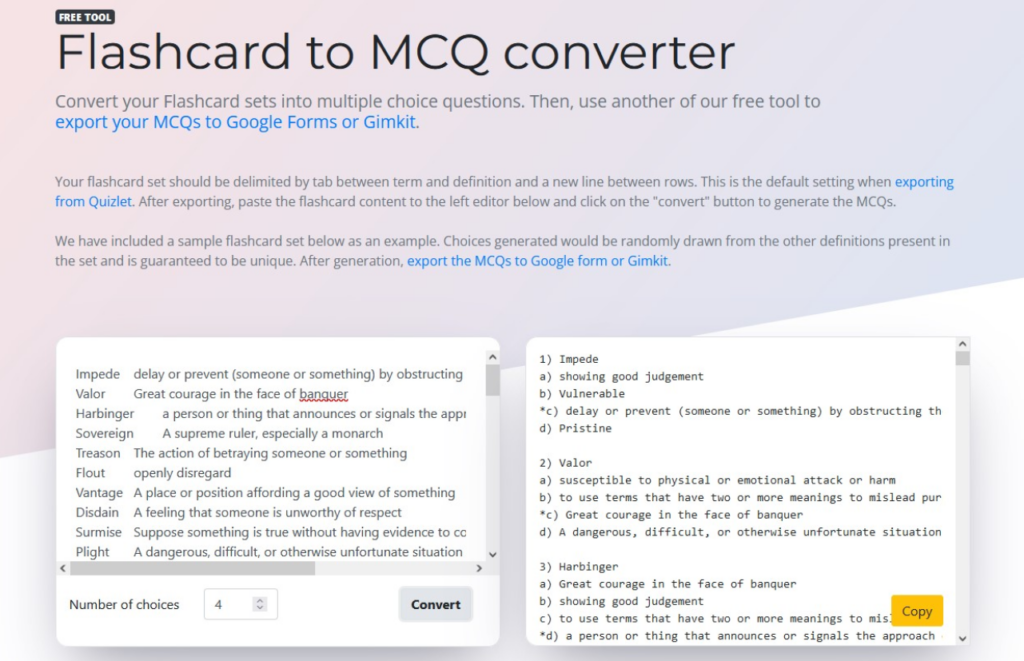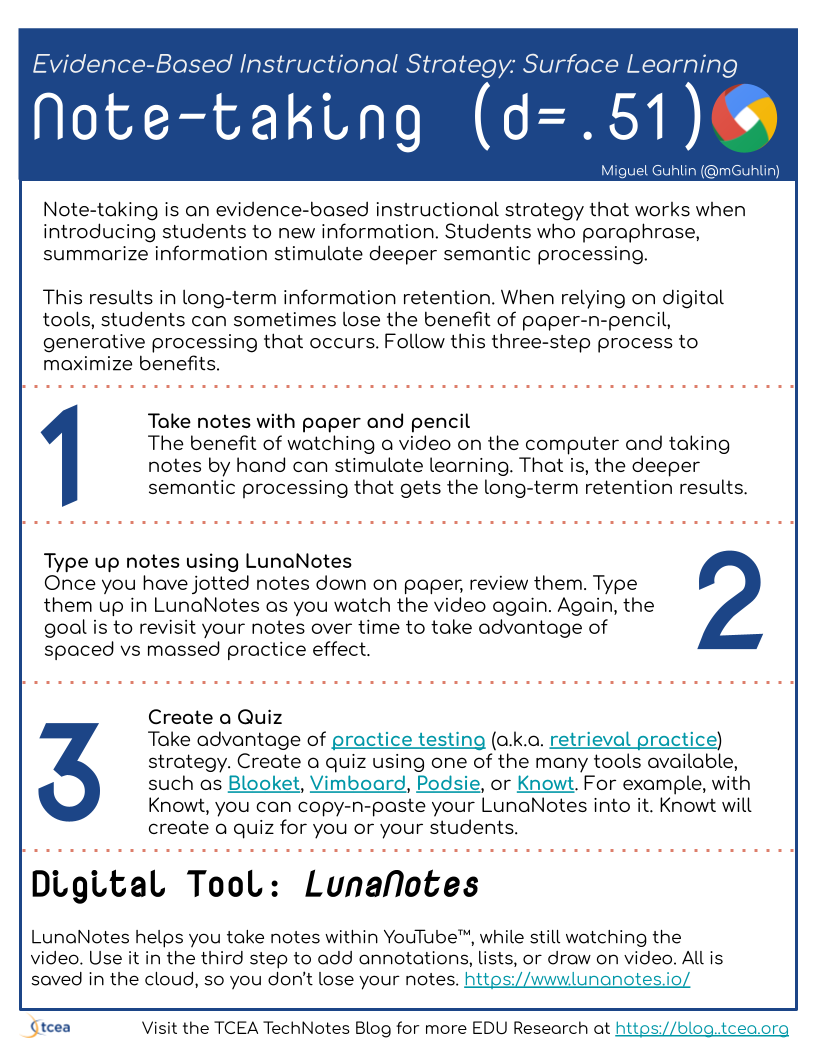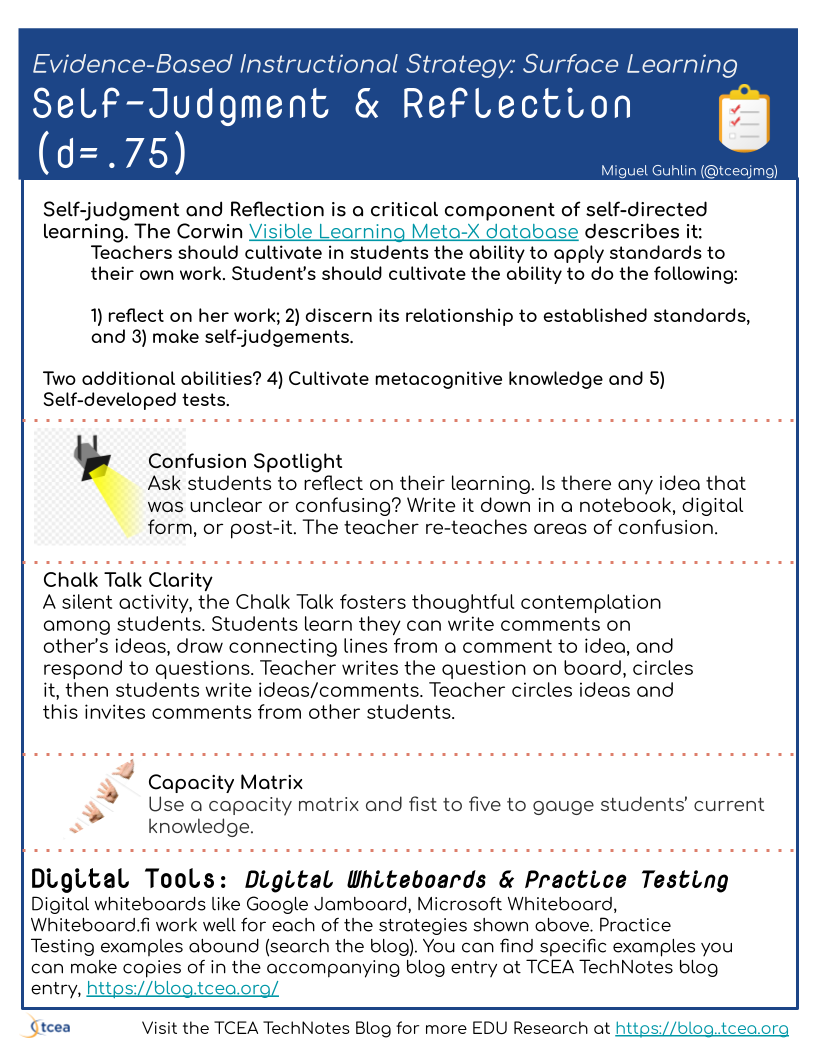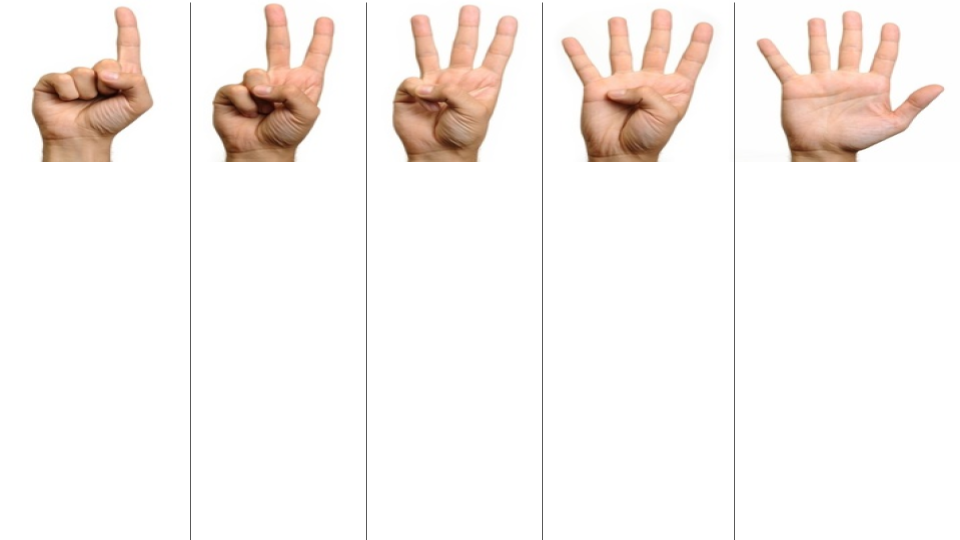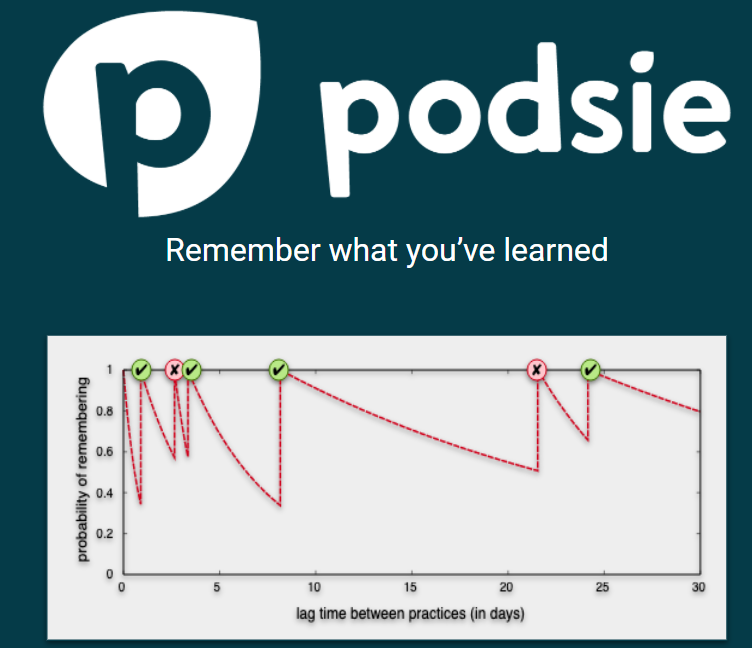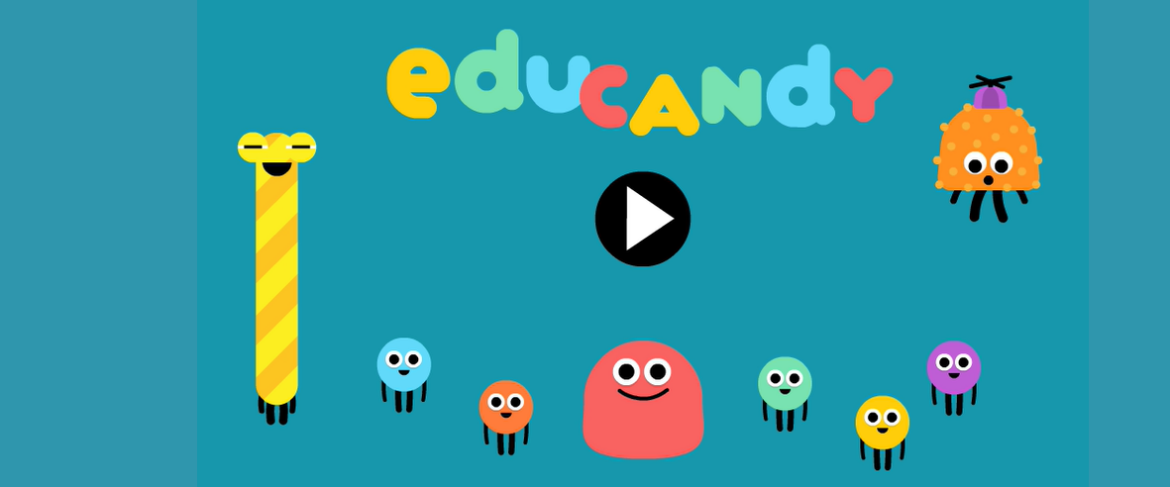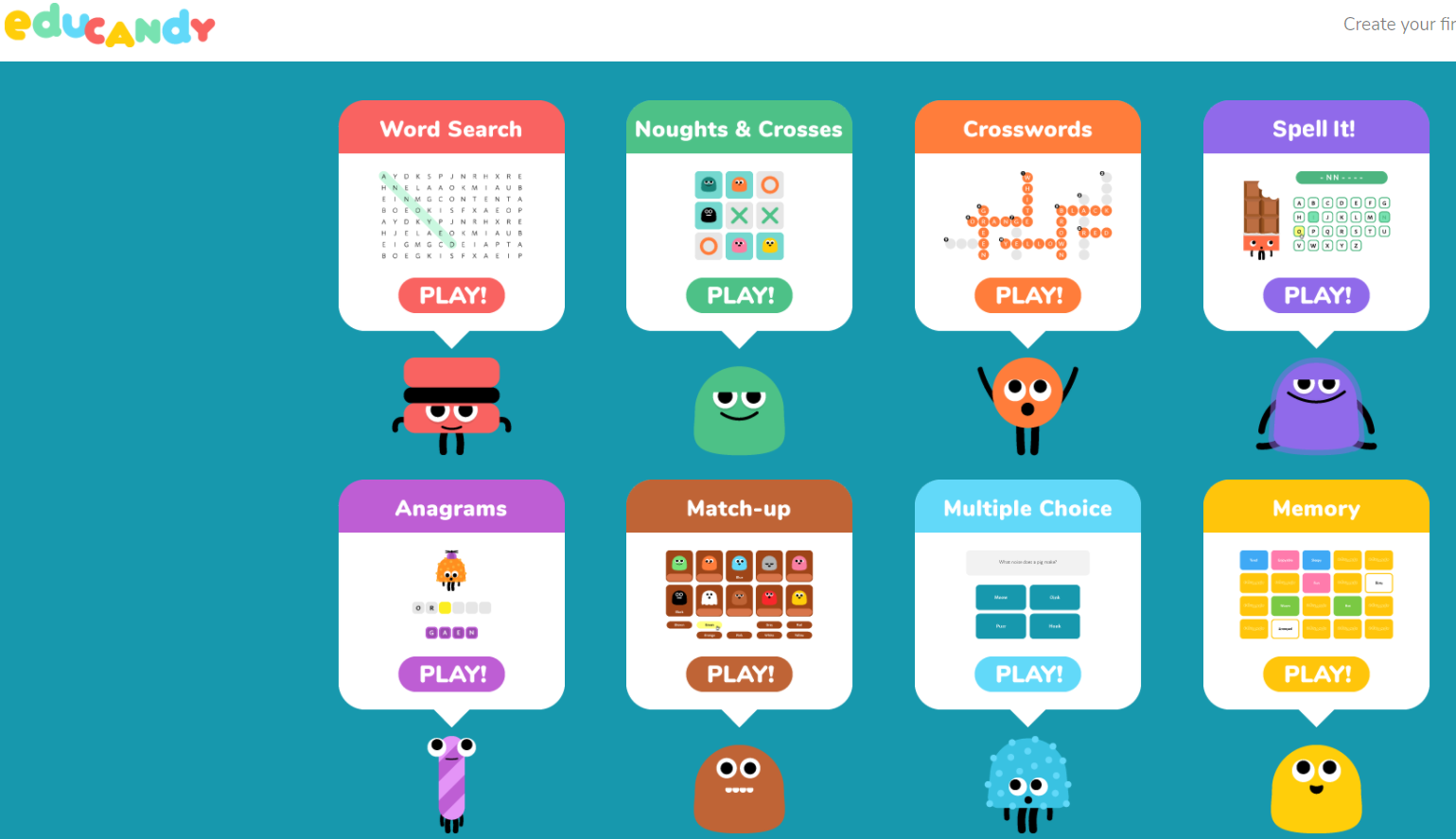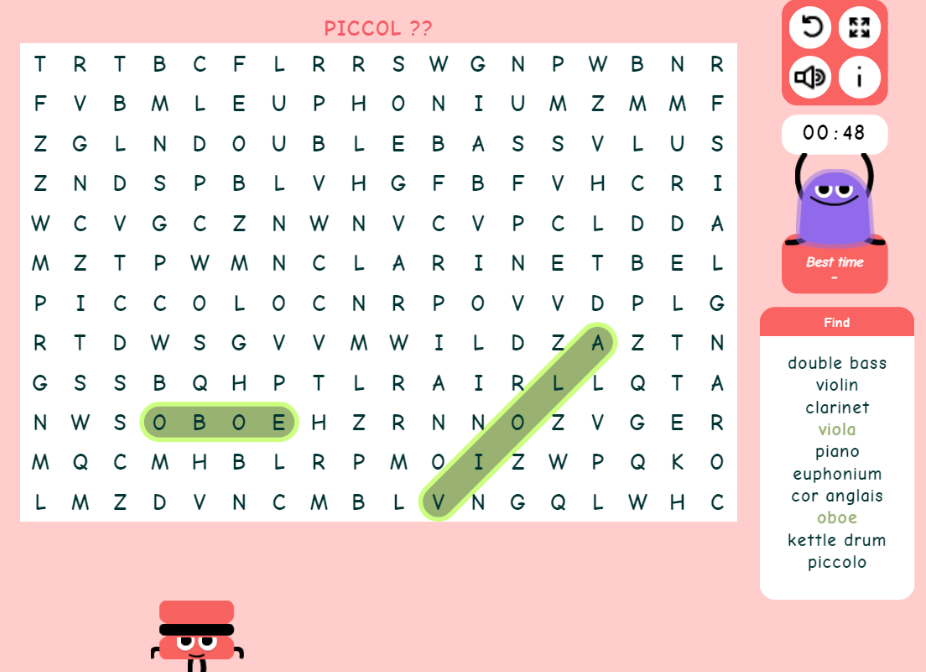By now, most of you have tried Kahoot!, Quizlet, Quizziz, and many others. These tools work as game-based student response systems that provide you with formative assessment options. The teacher creates a free account and then can design quizzes with embedded images and video or use one of the many pre-created assessments. Students rely on an internet-connected device to respond, earning points as they score.
All of these assessment tools and many others such as Knowt offer teachers and students a way to engage in practice testing. They also provide pre-assessment and post-assessment data for instructional coaching. In this blog entry, I’ll introduce you to yet another formative assessment tool you may be unaware of.
First, though, let’s review some of the scientifically-based research around two key concepts: practice testing and assessment-based feedback.
Digging into the Research
As you already know, “formative assessment [serves] as a way to improve the caliber of still-underway instructional activities.” Contrast formative assessment with summative assessment. The latter is “a way to determine the effectiveness of already-completed instructional activities” (source: ASCD). A deeper definition of formative assessment appears below:
Formative assessment is a process used by teachers and students during instruction that provides feedback to adjust ongoing teaching and learning to improve students’ achievement of intended instructional outcomes.
Formative assessment has distinguishing features that include it being:
- A process rather than a single event
- A tool useful to both teachers and students
- A source of assessment-based feedback to both teachers and students
As you may already know from TCEA TechNotes blog entries on feedback (d=0.64), assessment-based feedback must do the following:
- Focus on the task or product, identifying whether it is correct/incorrect or provide suggestions for improvement
- Provide information about processes students go through to perform a task or develop a product
- Give insight into students’ ability to self-monitor and direct their learning through goal setting, self-assessments, and identifying next steps
What are some digital tools that can provide feedback insights to task or product? In addition to formative assessments, what are some ways student learning can be improved? Practice testing (d=0.46) is one approach. Practice testing is also known as retrieval practice or test-enhanced learning.
That video will give you an overview of practice testing and Knowt. Allow me to introduce you to a new tool you can use for retrieval practice.

Introducing Blooket
Another exciting digital tool, Blooket, supports teacher and student accounts. With a free account, teachers can use Blooket to host a question set with a specific game mode. This game is displayed via screen/projector, then students compete on their own devices. Blooket tracks student progress, keeping a record of student responses. In turn, students are able to track their statistics via global a leaderboard ranking. They can also buy and sell “blooks” and avail themselves of community-wide events.
Here are some observations from teachers:
- “In Blooket, you’re given 8+ different possible game modes that use the same question set. Kids can gain points in different ways in each game mode. Blooket enjoys a ‘classic’ mode that is like regular Kahoot. Kids love it because they can play a different game mode to keep it interesting.”
- “Many of the games are fun and encourage classroom engagement.”
- “You can play it live or assign it as homework. It has made this year so much more fun for my classes since it works with distance, hybrid, and in person students.”
As you might imagine, Blooket’s game modes offer variety. “It offers power ups and random sabotage things you can do to other players,” says another teacher. You can follow these steps to get started:
- Start with a question set. You can make your own, import one, or find one.
- Decide on a game mode. There are several game mode choices. Find one you like.
- Host a game and allow students to play. Students use a game identification number to join the game.
- Play the game. As students play the game, they answer questions that target content that has been taught in class.
- Review results. Students and teachers can review the performance data to identify areas of growth.
Don’t let the blocks turn you off from using Blooket with secondary students. One high school Spanish teacher (@SenoraCMT) raves about her use of Blooket in this way:
We were reading a chapter in Kristy Placido’s Noche de oro eBook and I wanted to pre-teach some of the vocabulary. Not pre-teach… more like pre-expose! So I made a Blooket.
After playing our first Blooket, I wanted to add one for ALLLLLL the things my students were studying so I made one for my book Bianca Nieves from Fluency Matters, I made one for my Huellas 1 Future and Conditional level 3-AP unit Atrévete, and Kristy Placido made one for my Huellas 1 ART based level 3-AP unit Bajo la mesa! When my Spanish 4 group finishes reading, I’ll make one for our next Huellas 2 unit, Orangután en mi habitación. (Find out more about the Huellas Curriculum here.)
Now that we know how it works, let’s take a look at some of the available features.
A Few of Blooket’s More Recent Features
Blooket has an amazing amount of features that enhance game mode learning. Some new free features include the following:
- Extend/Reopen Homework
- Discover Tab Filters
- Automated Group Subscriptions
- Button to Set Time Limit for All Questions
- Remove Students from Homework
More features are available at a cost. Those include:
- Removing the 60-player limit (+ Only)
- Merging Question Sets (+ Only)
Curious about what Blooket looks like? Let’s take a look at pricing before I turn you loose to watch a few videos.
Blooket’s Cost
“I do pay for Blooket premium because it allows me to duplicate sets and have more in-depth reports,” reports one teacher. Wondering how much Blooket costs? Remember, you get free access to many features such as creating and hosting question sets in a variety of game modes. The free version also comes with unlimited question sets and the ability to edit those. In the table below, you will see what else you can get if you decide to pay for it:
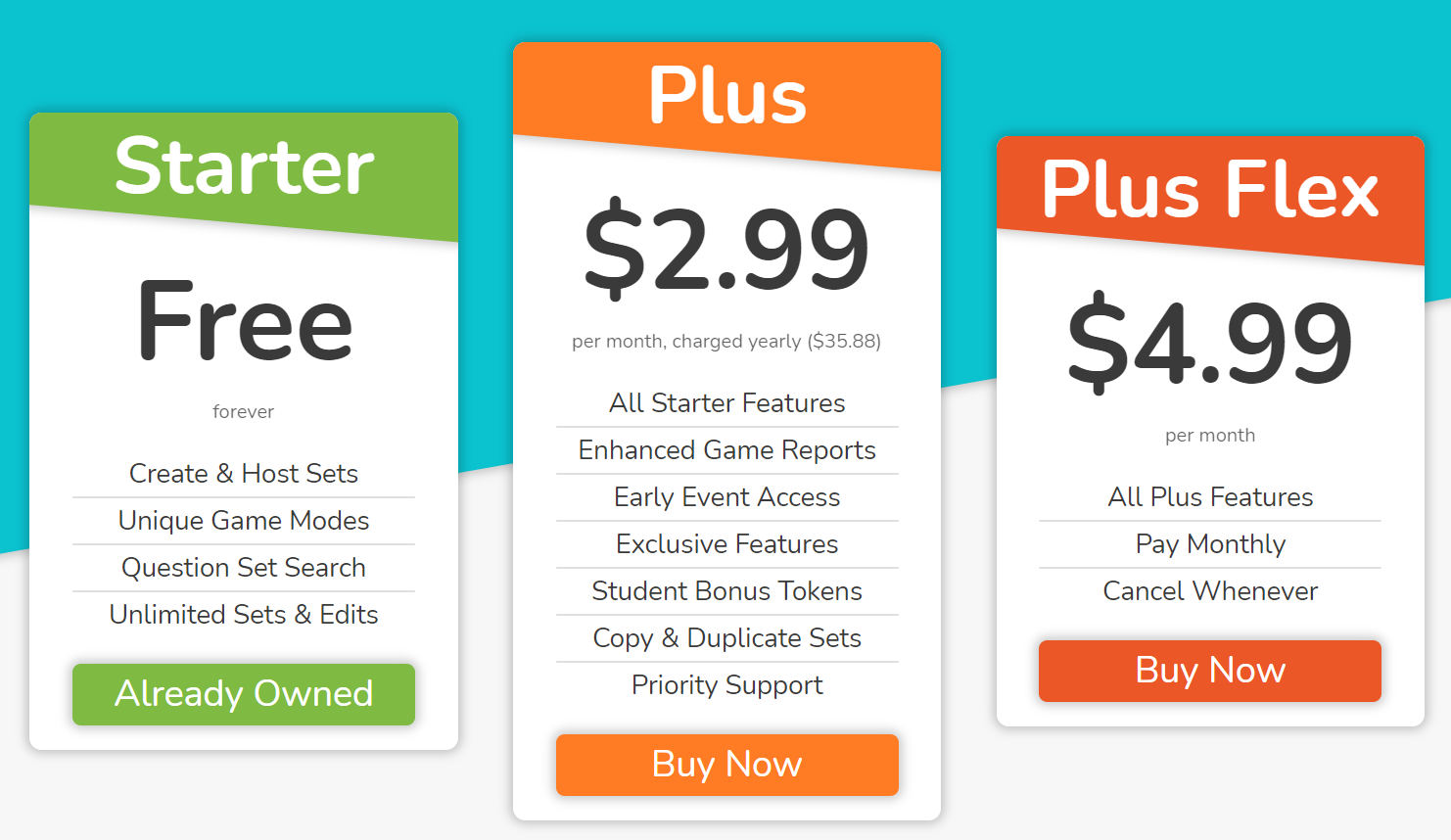
Look Before Leaping
Ready to see what Blooket looks like in action? Here is a quick two-minute video you can watch to get an overview. Below this video, you will find even more walkthrough videos you can take advantage of. Check out this fantastic video from Master Heebs:
Some additional videos you can look at before leaping into Blooket:
- Using Blooket to Increase Student Engagement
- Blooket Overview via Master Heebs
- Blooket – A Quick Overview for Teachers
Please let me know what you think about it in the comments.
Feature Image Source
Screenshot by author.


